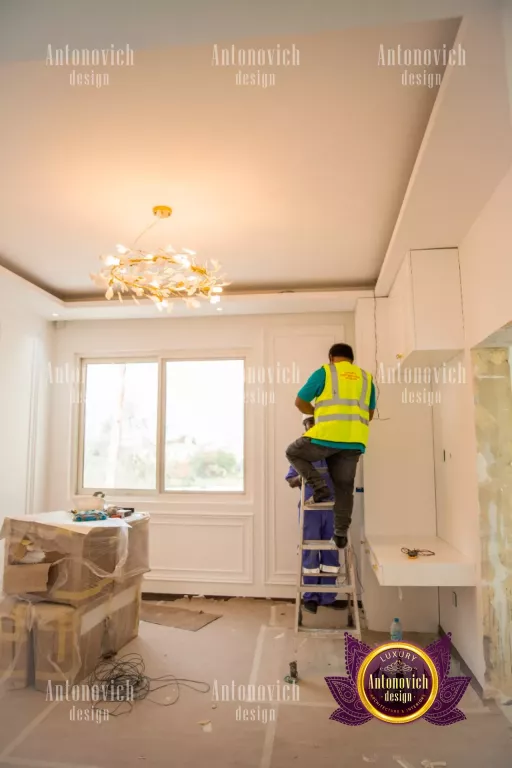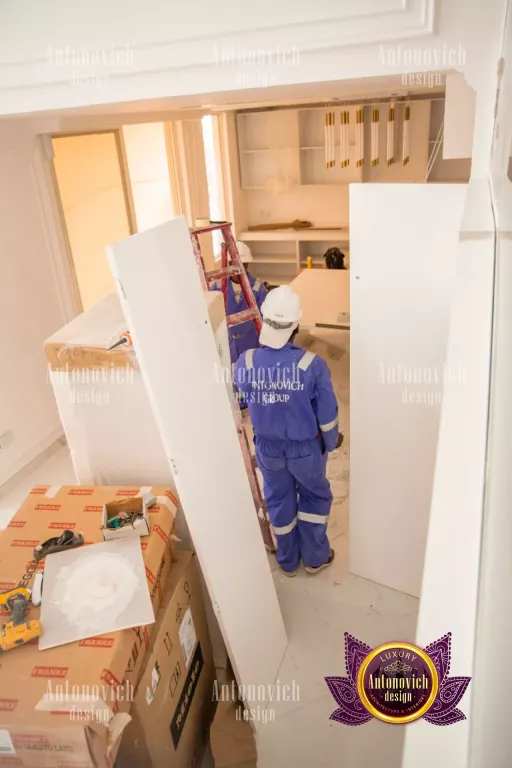UNDERSTANDING JOINERY THE RIGHT WAY
Joinery is a broad term that encompasses all types of exquisite woodwork. The term derives from the activity of physically putting pieces of wood together using various procedures, which often involve cutting exact notches in the wood to make them fit together, followed by pressurized and heated molding, and finally finishing. This involves nearly entirely bench assembly work conducted in a workshop. While the phrases are commonly used interchangeably, there are significant differences between joinery and carpentry. To define joinery in Dubai, one must first distinguish it from carpentry. Despite the fact that they require similar skills, joinery and carpentry are distinct trades. Carpenters' tasks in the construction business include building and repairing boats, roofing, timber frame structures, and furniture. First and second fix installations, architraves, and even loft ladders are examples of project-specific jobs. Some also specialize in the more artistic side of the craft, transforming basic lumber into unique end-use applications such as bespoke handmade furniture, sculptures, and garden features. See examples in apartment interior design. Carpenters, in general, work with the 'big' parts of construction while they are not in the workshop, typically assuring the structural integrity of projects rather than the external appearance. They may even employ metal as part of their skill for this. The creation of a building, for example, necessitates the skills of a carpenter from the start, whereas a joiner becomes essential in the later phases of construction. During the renovation, construction, and development projects, a skilled joinery service is required.

Custom textiles and finishes like a space carpet print can complement joinery.
A joiner Dubai spends years honing the skills required to produce flawless output. However, whether you are a scout leader or planning a house renovation, a little joinery expertise is always essential for DIY jobs. If you want to try your hand at it, visit our retail store for high-quality equipment, finished joinery items, and timber supplies, or explore 3D home design solutions for planning. It all depends on the scope of the project! Also consider the degree of difficulty, the materials used, and the accessible woodworking machinery. A professional joiner will also consider the type of wood used, the production process, and the quality of service required (eg: if the wood requires all the necessary preparation first). Wood is one of the most flexible building materials available today, and it can be utilized for a variety of purposes from start to finish. Working with wood in a structure necessitates specialized abilities that differ greatly from those required of a bricklayer. Carpentry and joinery are the two primary woodworking trades in architecture and construction. For bespoke pieces, a luxury sofa can be crafted to match your scheme.
interior design featuring bespoke joinery in a Dubai residence" src="https://antonovich-design.ae/uploads/files/2022/6/antonovich-design-thumb2022gDZoJXNhJ2rY.webp" title="joinery dubai">
A carpenter is a specialist who specializes in heavier manufacturing, creating construction elements on-site, assembling wood fixtures such as formwork and stud work, as well as installing doors and windows. Carpenters often do not produce products, but rather build components as part of a larger construction project. Joiners, on the other hand, are craftsmen who join wood, typically in a workshop or factory, and who specializes in the creation of objects that are added to the project at the end of the construction process, such as furniture and decorating. These finishing touches are often used in luxury interiors. Carpenters typically work with raw wood components, whereas joiners work mostly with wood boards, planks, panels, and finishings such as veneers and natural or synthetic coatings. Joinery outputs also inform modern bathroom design choices. In each trade, the instruments and magnitude of the projects are also highly varied. In a nutshell, carpentry is the woodwork involved in the everyday routine of a construction site, giving the essential support for the many operations, whereas joinery is the production of things, usually in a workshop, to be installed once the construction is completed. They are also used in special projects like a wedding venue in Dubai.






















